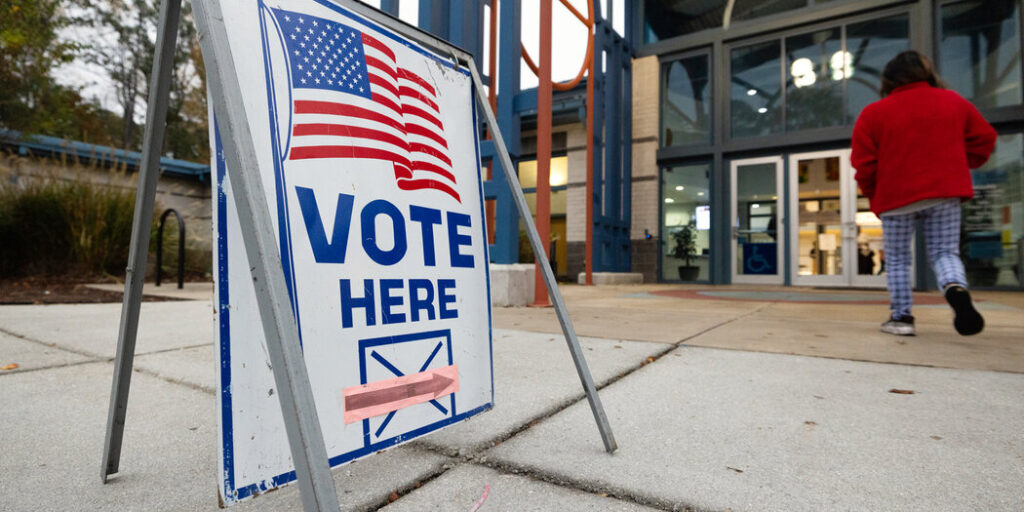Racial Voting Turnout Disparities Highlighted in Georgia’s Recent Elections
The United States has witnessed a notable increase in the racial turnout gap over the past 15 years. This growing disparity is partially attributed to restrictive state voting policies. An example of such policies is Georgia’s Senate Bill 202, which followed the Supreme Court’s 2013 decision in Shelby County v. Holder. These developments have diminished protections against racially discriminatory voting rules.
Beyond legislative measures, other systemic elements in the democratic framework contribute to the underrepresentation of many Americans of color, leading to decreased political engagement. Factors such as campaign finance laws, the impacts of the Electoral College, and gerrymandered electoral maps play a role in this dynamic. Additionally, external factors like economic concerns, including inflation, have affected voter turnout.
To fully comprehend these dynamics, more comprehensive data from national voter files and large postelection surveys, expected next summer, are awaited. However, Georgia, a pivotal swing state, has already released its voter history file, providing insights into the recent electoral participation trends, which raise certain concerns.
Georgia’s Turnout Gap: A Closer Examination
In Georgia, the difference in voter turnout rates between white and Black voters increased by 3 percentage points from 2020 to 2024. This change mirrors the trend between 2016 and 2020, albeit with distinct nuances. Between 2016 and 2020, turnout increased for both groups, with a more significant rise among white voters. However, in the latest elections, while white voter turnout rose, Black voter turnout decreased by 0.6 points, although the absolute number of ballots cast by both groups increased.
The figures reveal that Black Georgians would have cast an additional 400,000 ballots if their turnout rates equaled those of white Georgians. This number is significantly larger than President-elect Trump’s winning margin of roughly 115,000 votes.
These trends prompt inquiries about changes in the electorate’s composition. Was there a drop in previously consistent voters, or did fewer new voters participate than expected?
An analysis of voter file records from 2016, 2020, and 2024 indicates that only 71 percent of Black men under 50 who voted in 2020 did so again in 2024. In contrast, 81 percent of white men in the same demographic participated in both elections. This marks a higher dropout rate for Black men compared to previous periods.
This pattern is notably limited to men, as the dropout rate for younger Black women did not significantly increase from prior elections.
Impact on Georgia’s Racial Turnout Gap
The expanding racial turnout gap in Georgia is primarily driven by younger men. Although turnout declined slightly for other demographics, the 3.4 percentage point decrease among younger Black men is particularly noteworthy. Meanwhile, turnout for both white men and women rose across various age groups.
The entrance rate for younger Black men also saw a considerable decline. While youth turnout was high in 2020, a decrease was anticipated for 2024. However, new voters among younger Black men decreased by 27 percent from 2020, compared to a 17 percent reduction for younger white men. Conversely, among younger women, the decrease was lower for Black women than for white women.
The focus on understanding these trends and their causes, whether due to restrictive policies like Georgia’s S.B. 202, perceived governmental inadequacies, or other factors, remains crucial. Addressing these issues is essential for fostering a multiracial democracy.
Methodological Note
Calculating turnout rates involves dividing the number of ballots cast by a racial group by the five-year citizen voting-age population (CVAP) estimates from the Census Bureau’s American Community Survey (ACS). The current CVAP numbers are projected forward from 2022 data to estimate the 2024 figures. Estimating turnout rates within racial groups, such as Black men under 50, requires additional steps using data from the ACS’s Public Use Microdata Sample (PUMS).





